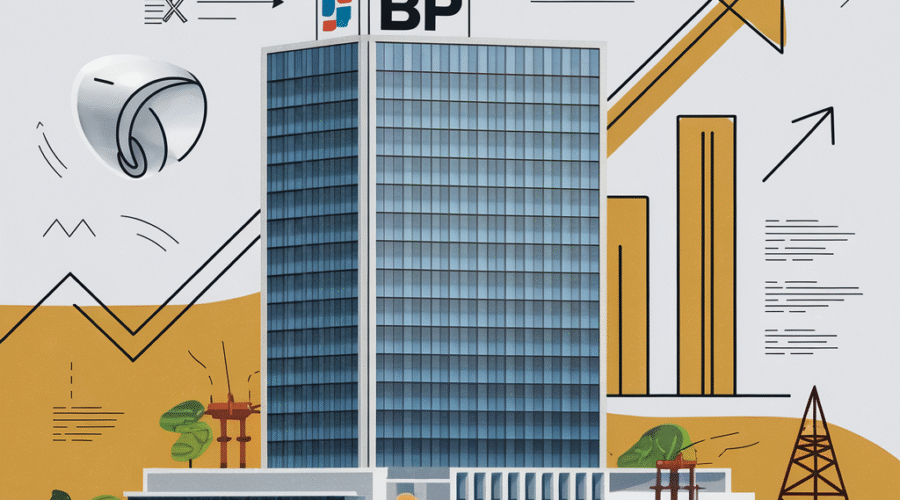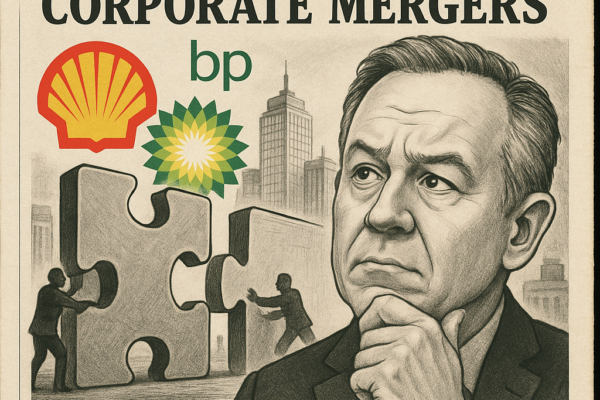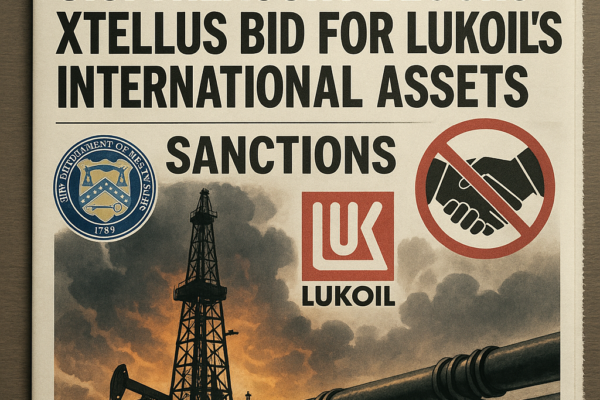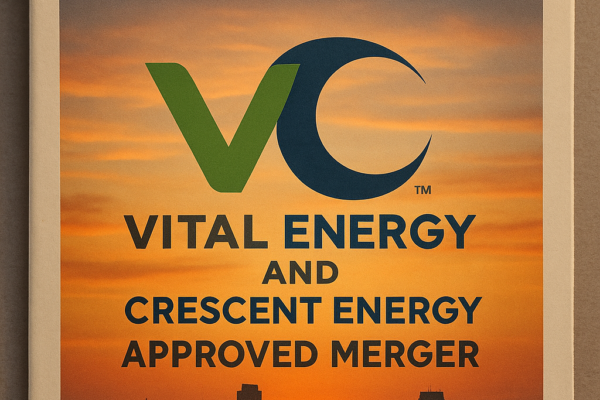BP Plc finds itself at a critical juncture as activist investor Elliott Management consolidates a 5.006% stake in the British energy giant, triggering a 5.11% stock surge on April 23, 2025[1][2]. The hedge fund’s aggressive positioning – executed through equity swaps without voting rights – signals an intensifying campaign to reshape BP’s strategy through alliances with institutional shareholders like BlackRock and Norway’s sovereign wealth fund[1][3]. This development comes amid BP’s contentious pivot from renewable energy investments back to hydrocarbon dominance, workforce reductions exceeding 8,000 positions, and growing market speculation about potential acquisition bids from Shell or U.S. oil majors[4][6].
Elliott’s Prescription for BP’s Strategic Revival
The New York-based hedge fund has outlined a radical blueprint to boost BP’s annual free cash flow to $20 billion by 2027 – a 40% increase from current targets[3][8]. Central to this plan is slashing capital expenditures to $12 billion annually through 2027, down from BP’s guided range of $13-$15 billion[7][8]. Elliott contends this fiscal discipline can be achieved through $4-$5 billion in structural cost reductions, including divesting underperforming renewable assets like Lightsource BP and streamlining administrative overhead[5][8].
BP’s Counterstrategy: Balancing Act Between Investors
CEO Murray Auchincloss has responded to activist pressure by accelerating BP’s hydrocarbon investments to $10 billion annually while cutting renewable spending by over $5 billion per year[5][7]. This strategic reset aims to boost upstream production to 2.3-2.5 million barrels of oil equivalent per day by 2030, leveraging high-margin assets in the Gulf of Mexico and North Sea[7]. However, the compromise has drawn fire from climate-focused investors like Legal & General, which publicly criticized BP’s diluted emissions targets[3].
Financial Restructuring and Market Implications
BP’s market valuation of £57 billion ($76 billion) now trails Shell by more than 50%, creating what analysts describe as a “takeover premium scenario”[6][7]. The company’s planned $20 billion divestment program through 2027 – including potential sales of its Castrol lubricants division and renewable energy stakes – aims to strengthen a balance sheet burdened by $28.8 billion net debt[4][7]. Energy sector analysts note BP’s EV/EBITDA ratio of 4.3 remains below the European oil major average of 5.1, making it vulnerable to acquisition bids[6].
Leadership Challenges in Transition
Despite surviving a contentious board re-election vote with reduced support, CEO Auchincloss faces mounting pressure to deliver immediate results[1][3]. Elliott’s private communications with top 20 institutional investors suggest dissatisfaction with the pace of operational changes, particularly in downstream refining margins and LNG trading performance[3][8]. The activist fund has privately advocated for leadership changes at the division level to accelerate cost-cutting initiatives[8].
M&A Calculus: Potential Suitors and Regulatory Hurdles
Market speculation centers on Shell as the most logical acquirer, given its complementary assets in deepwater exploration and liquefied natural gas[6]. A merger could generate $6-$8 billion in annual synergies through upstream portfolio optimization and shared infrastructure[6]. However, antitrust concerns loom large – combined control of 12% of North Sea production and 18% of global LNG trade would likely trigger regulatory scrutiny[6][7]. U.S. majors ExxonMobil and Chevron appear more interested in BP’s Western Hemisphere assets, particularly its Brazilian pre-salt fields and U.S. shale positions[7].
Energy Transition in the Balance
BP’s strategic retreat from renewables – slashing annual low-carbon investment to $1.5-$2 billion – marks a stark reversal from its 2020 net-zero pledge[5][7]. The company now focuses transition spending on capital-light partnerships in biofuels and EV charging, while maintaining majority stakes in carbon capture projects[5][7]. This realignment reflects broader industry trends, with European peers TotalEnergies and Eni similarly moderating renewable ambitions amid shareholder pressure[3][7].
Path Forward: Execution Risks and Market Dynamics
With Q1 earnings reporting $2.1 billion net income on $48.7 billion revenue, BP must navigate conflicting demands from growth-oriented and income-focused investors[1][7]. The company’s 4.8% dividend yield remains attractive, but payout sustainability depends on maintaining Brent crude above $65/barrel – a precarious threshold given current volatility[3][7]. Analysts warn that delayed asset sales or failure to meet cost-cutting targets could erode the recent 5% stock gain, potentially triggering further activist interventions[6][8].
Sources
https://www.nbcphiladelphia.com/news/business/money-report/bp-shares-jump-as-activist-investor-elliott-discloses-5-stake-build/4166803/, https://www.upstreamonline.com/field-development/activist-investor-elliot-extends-stake-in-bp/2-1-1809658, https://worldoil.com/news/2025/4/22/elliot-increases-bp-stake-to-5-as-it-pushes-reset-strategy/, https://www.chemanalyst.com/NewsAndDeals/NewsDetails/bp-to-cut-5-of-workforce-in-cost-reduction-strategy-33963, https://www.pv-magazine.com/2025/02/26/bp-slashes-renewables-investment-seeks-new-lightsource-bp-partner/, https://www.tradingview.com/news/invezz:a046dc7d5094b:0-bp-is-certainly-a-takeover-target-market-expert-says/, https://www.energyconnects.com/news/oil/2025/february/bp-to-invest-10b-annually-in-hydrocarbons-in-strategy-reset/, https://markets.businessinsider.com/news/stocks/elliott-urging-bp-to-boost-free-cash-flow-by-40-ft-reports-1034609437





